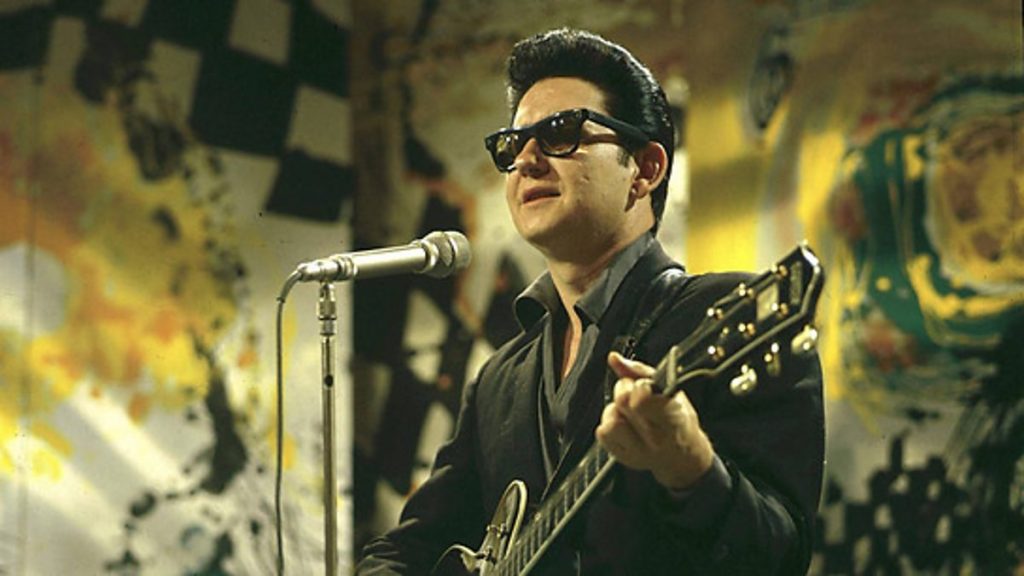
A Timeless Ballad of Heartache and Longing
There are songs that resonate through the ages, capturing the essence of human emotion in a way that is both profound and timeless. “Crying” by Roy Orbison is one such masterpiece. Released in 1961, this poignant ballad quickly climbed the charts, reaching the number two spot on the Billboard Hot 100 and solidifying Orbison’s place as a musical icon.
The story behind “Crying” is as evocative as the song itself. Written by Roy Orbison and Joe Melson, the song emerged from a deeply personal space. Orbison once revealed that he was inspired to write “Crying” after an encounter with an old flame. The chance meeting stirred up a whirlwind of emotions, leading to tears and a flood of memories that translated into this hauntingly beautiful track. The sincerity and rawness in Orbison’s voice capture the vulnerability of heartbreak in a way few others have managed.
Roy Orbison, with his signature dark sunglasses and quavering voice, was no stranger to themes of heartache and longing. His ability to channel these feelings into his music made him a beloved figure among those who have loved and lost. In “Crying,” Orbison’s operatic vocal range takes center stage, painting a vivid picture of sorrow that many listeners find deeply relatable.
The lyrics tell a tale of unrequited love and the pain of seeing someone you once cared for move on without you. Lines like “I was all right for a while / I could smile for a while” perfectly encapsulate the facade one puts on after heartbreak. But as the song progresses, it becomes clear that beneath the surface lies an ocean of unshed tears. This universal theme is what gives “Crying” its enduring appeal, as it speaks to anyone who has experienced the sting of lost love.
Musically, “Crying” is a testament to Orbison’s genius. The arrangement is simple yet effective, allowing his voice to shine. The song starts softly, with minimal instrumentation that gradually builds in intensity. By the time it reaches its crescendo, listeners are swept up in a wave of emotion, experiencing the same cathartic release that Orbison himself must have felt when writing it.
Despite being released over six decades ago, “Crying” continues to touch hearts across generations. For many older listeners, hearing Orbison’s voice can evoke powerful memories of their own past loves and losses. It serves as a reminder of days gone by, when music was often the only solace in times of heartache.
Orbison’s influence can be seen in countless artists who followed him. His unique blend of rockabilly and operatic pop set him apart from his contemporaries and paved the way for future musicians to explore more nuanced emotional landscapes in their work. Artists like Bruce Springsteen and k.d. lang have cited Orbison as an inspiration, with lang even recording her own cover of “Crying,” which earned critical acclaim and introduced the song to a new generation.
For those who lived through the era when “Crying” first hit the airwaves, it remains a cherished piece of their musical history. The song’s timeless quality ensures that it will continue to be discovered by new fans who find solace in its haunting melody and heartfelt lyrics.
In reflecting on Roy Orbison’s legacy, one cannot help but admire his ability to capture such profound emotion in his work. “Crying” stands out not only as one of his greatest hits but also as an enduring testament to the power of music to articulate the deepest parts of our human experience.
In conclusion, “Crying” is more than just a song; it’s an emotional journey that resonates with anyone who has felt the pangs of lost love. Its place in music history is well-deserved, and it remains an essential listen for anyone seeking to understand or relive those tender moments when love slips away.